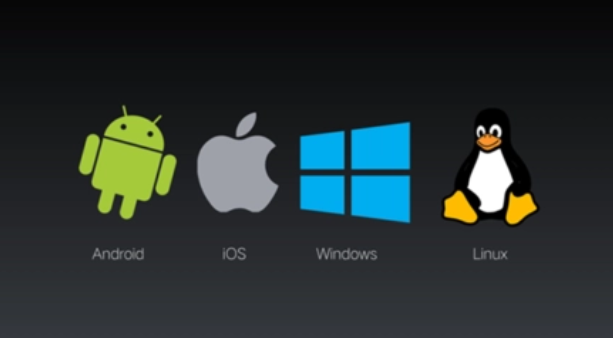When it comes to processor architectures, the most well-known globally are ARM, X86, and PowerPC. As a result, many people often compare them, yet there are still many who are unclear about their differences. Below, we will compare them from multiple aspects to help you understand the differences between ARM, X86, and PowerPC at once!

1. Architecture Design
ARM adopts the design philosophy of Reduced Instruction Set Computing (RISC), known for its simplified instruction set, smaller instruction length, and low power consumption. It is widely used in embedded systems and mobile devices, boasting an excellent performance-to-power ratio and strong energy-saving capabilities;
X86 is a Complex Instruction Set Computing (CISC) architecture, originally introduced by Intel, featuring a large instruction set and rich functionalities, suitable for desktop and server domains, and widely used in operating systems and software;
PowerPC is a processor architecture collaboratively developed by IBM, Motorola, and Apple, adopting a RISC design, known for its high performance and reliability, widely applied in high-performance computing, networking devices, and embedded systems.
2. Application Fields
Due to the low power characteristics of the ARM architecture, it performs exceptionally well in mobile devices such as smartphones, tablets, and IoT devices, while also widely used in embedded systems, consumer electronics, and automotive electronics;
The X86 architecture is primarily applied in desktop and server fields, such as personal computers, servers, and workstations, featuring high performance and extensive software support, suitable for running complex applications and operating systems;
Although the PowerPC architecture is not as well-known as ARM and X86, it holds a certain market share in high-performance computing, servers, and networking devices, widely used in supercomputers, high-performance servers, and network routers for high-performance and reliable applications.
3. Feature Comparison
The characteristics of the ARM architecture include low power consumption, miniaturization, and high integration, making it suitable for low-power and mobile applications. However, its weakness lies in high-performance computing;
The X86 architecture is characterized by high performance and extensive software support, suitable for desktop and server applications, but it has the drawback of higher power consumption;
The PowerPC architecture is known for its high performance and reliability, suitable for high-performance computing and networking devices, but it has limited software support.